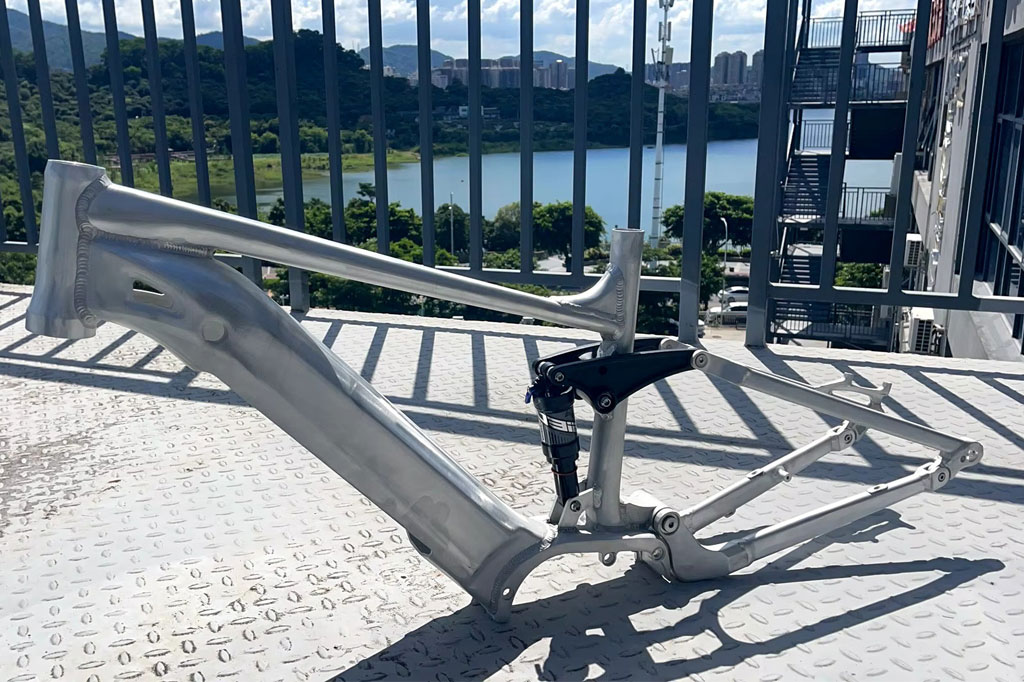Welding is a critical process in the construction of electric bicycle (e-bike) frames, ensuring strength, durability, and safety. With the increasing popularity of e-bikes, understanding the common welding techniques and materials used can provide insights into their construction quality and performance.
Here are the primary metal welding methods and materials employed in manufacturing e-bike frames.
Table of Contents
4 Common Welding Techniques
1. MIG Welding (Metal Inert Gas)
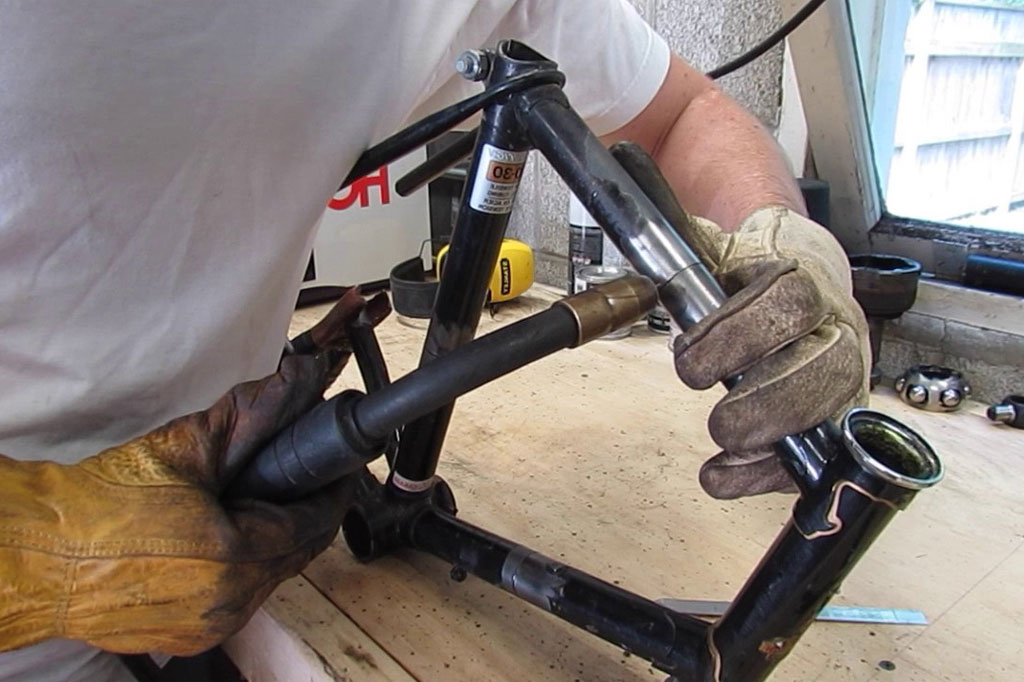
MIG welding is one of the most popular welding methods for e-bike frames. This technique uses a continuous wire electrode and an inert gas, typically argon or a mix of argon and carbon dioxide, to protect the weld pool from contamination.
MIG Welding Advantages:
- High welding speed and efficiency
- Good for welding thin materials, common in e-bike frames
- Clean welds with minimal spatter
It is often used for aluminum and steel e-bike frames.
2. TIG Welding (Tungsten Inert Gas)
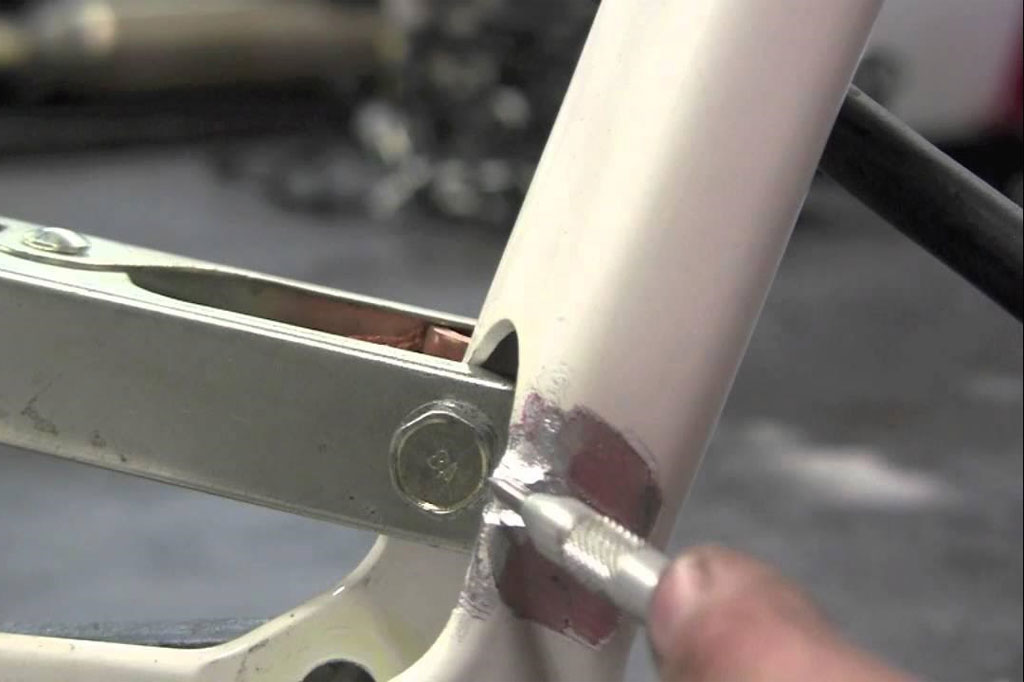
TIG welding uses a non-consumable tungsten electrode to create the weld, with argon as the inert gas protecting the area from atmospheric impurities.
TIG Welding Advantages:
- High precision and control, ideal for intricate designs
- Produces strong, high-quality welds
- Suitable for a variety of materials, including stainless steel and aluminum
This TIG welding method is preferred for high-end or custom e-bike frames where aesthetics and strength are crucial.
3. Arc Welding
Arc welding methods use an electric arc to melt the base metal and filler material. Although less frequently used for e-bike frames, it can be advantageous for certain applications.
Arc Welding Advantages:
- Versatile and effective for thicker materials
- Can be performed in various positions
It’s typically used for heavy-duty components or repairs rather than the main frame construction.
4. Resistance Spot Welding
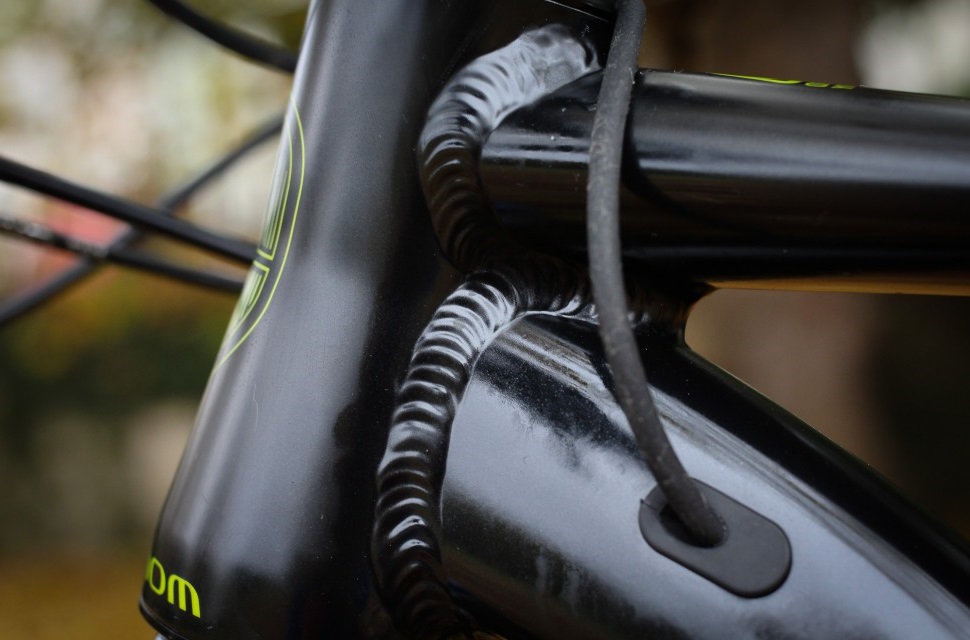
This technique uses heat generated from electrical resistance to weld two metal surfaces together. It’s primarily used for joining sheet metal.
Resistance Spot Welding Advantages:
- Fast and efficient for mass production
- Produces strong, localized welds with minimal distortion
It is commonly used in manufacturing processes for e-bike frames, especially those made from steel.
Common Materials for E-Bike Frames
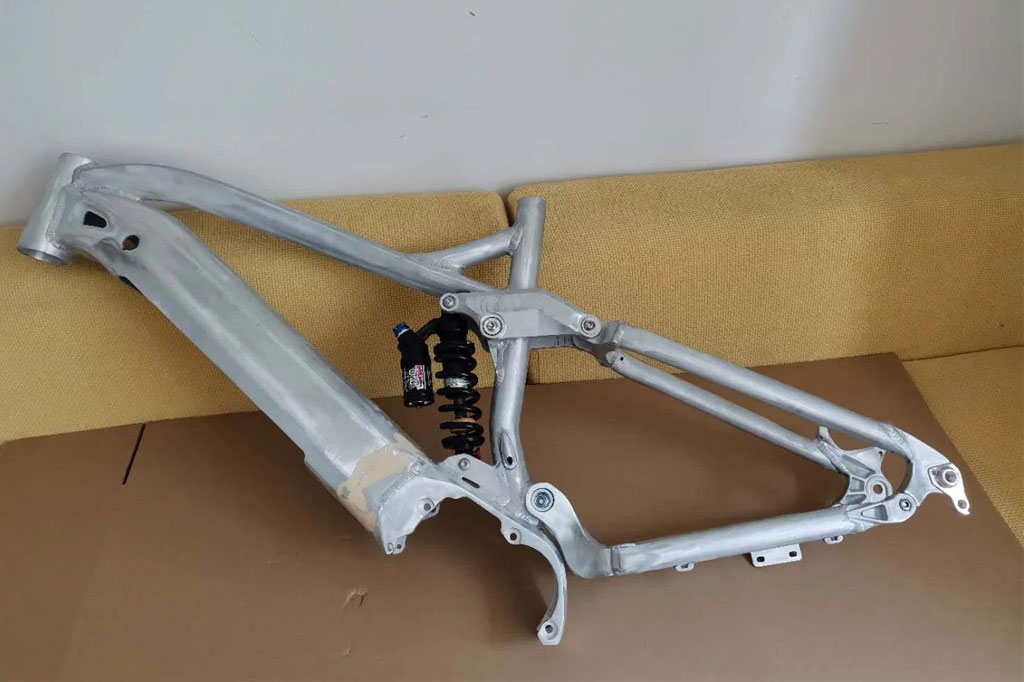
1. Aluminum
Aluminum is a favored material for e-bike frames due to its lightweight and corrosion-resistant properties.
Aluminum can be welded using both MIG and TIG methods. It requires careful preparation and proper heat management to avoid warping.
2. Steel
Steel frames, often made from high-tensile or chromoly steel, provide strength and durability.
Steel is easily welded with MIG and TIG methods. Steel frames can be heavier than aluminum but offer better shock absorption.
3. Stainless Steel
Stainless steel offers the strength of steel combined with corrosion resistance, making it an appealing choice for high-end e-bike frames.
TIG welding is typically preferred for stainless steel to achieve clean, aesthetically pleasing welds.
4. Carbon Fiber
While not welded, carbon fiber is increasingly used in high-end e-bike frames for its lightweight and strength. Frame components may be bonded or mechanically fastened rather than welded.
Conclusion
Welding techniques and materials play a significant role in the construction of electric bicycle frames. MIG and TIG welding are the most common methods used, depending on the material and desired finish. Understanding these welding processes and the materials involved can help consumers make informed decisions about the quality and durability of their e-bikes.

